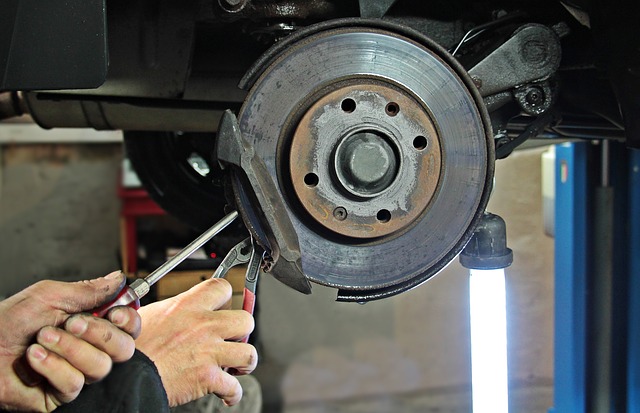The Car Maintenance Routine That You Can Do

Most car owners agree that cars used to be easy to repair and maintain at home when they didn’t rely on electronic features. The original Beetle from Volkswagen was designed to be a car that you could maintain at home easily. As a result, you can easily take an original Beetle apart assuming you have the appropriate tools. More impressively, you can put it back together just as easily, and the car will still work. Modern cars are not designed to be hands-on, but that doesn’t mean that you can’t look after your car at home. Indeed, while you need a specialist computer to deal with warning icons on the dashboard – and consequently, it’s best to rely on a trained mechanic – you can make sure that your car is clean and in good condition at all times.
Get The Basics Right
Car maintenance is essential as it is the process that keeps your car taking you smoothly and safely from A to B. Naturally, you can book your car for a yearly checkup at the local garage, but in the meantime you can get the basics right to make sure that your car keeps running for a long time. If you drive regularly, you need to check the oil in your engine regularly, a minimum of every 2 weeks is an essential. Why so? Because the oil is necessary to lubricate the engine and absorb heat at your drive. Without it, the engine overheats. You should also check the pressure of your tires regularly, every three to four weeks, depending on your driving habits. Why does it matter? Because low-pressure tires are fuel greedy. And may cause damage to your suspension system.
Look After The Engine
Looking after your engine at home is vital. We’ve mentioned the oil earlier. You need to keep the oil level high to help the engine – the oil gauge has marks that indicate the maximum and minimum levels. Taking care of your battery is vital too, as your car won’t start if the battery goes flat – however, the battery can be recharged as you drive. But there is another reason why your car won’t start. If the engine turns over but doesn’t manage to start, it can be an indication that your carburetor is dirty, if you have an old car – built before 1994. For this, you’ll need the appropriate carburetor cleaning tools to solve the issue. Indeed, when the carburetor accumulates dirt, it means that the combination of air and fuel can’t reach the engine. Consequently, the engine turns over but it can’t start.
Don’t Let Rust Settle In
Rust is the worst enemy of paint and alloys. Consequently, you need to actively protect your car from it. Using wax on the body can help to reduce the risk of rust and oxidation developing. You can sometimes wax your alloys, but you need to clean them first. For a start, you will need to remove the brake dust that accumulates into the alloys and the wheels, as these tiny particles can damage your car. Using a car brush will allow you to clean every aspect of the wheel and the alloy. Be sure to use the right kind of cleaning product for your alloy, as aluminium and steel alloys react differently.
Check Your Brakes
As a car driver, you need to be able to check your brakes easily and rapidly. Why does it matter? Because your car sensors – if you have any – can only notify you when the brake pads are fully worn out. However, being in a position where you can find out in advance and easily whether you need to change your brakes or not can avoid you a lot of troubles in the long run. As a rule of the thumb, you need to check your brakes every 6 months to a year, depending on your driving habits. Don’t think that if you don’t drive often, you won’t need to change brakes often. In reality, you are more likely to change your brake disc and pads more regularly, as these might rust together during the time you don’t use the car – assuming you park the car outside.






